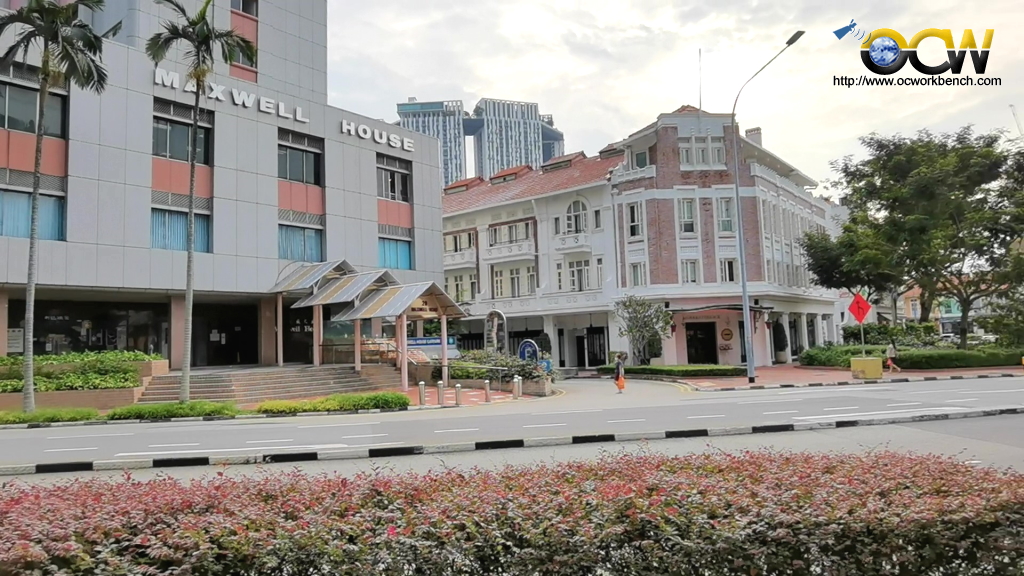Intro
Contents
M1 Limited (M1) launched their 5G NSA network on 24 September 2020. Being the first telco to launch an affordable 5G plan for everyone, we took the opportunity to test out the speed using a Huawei P40 Pro handset with M1 SIM with 5G booster enabled.
Before you can do that, you will need a compatible handset (listed on m1 website) and sign up a 5G booster plan. Starting at just $15 for 25GB and up to $40 for 100GB, the 5G Booster packs will be extended to all M1 customers with compatible 5G NSA devices. Customers who sign up for this 5G Booster pack before the end of 2020 will get to enjoy up to 70% discount on the 5G Booster pack for six months, along with a year-long free subscription to VIU. Starting from tomorrow, customers will be able to sign up for the 5G Booster pack at www.m1.com.sg/5G/5Go and start enjoying the 5G experience with M1.
M1’s 5G NSA network is up and running in CBD, Orchard Road, Suntec City and Marina Bay.
SA vs NSA network
So, what is NSA network and SA network ?
Non-standalone (NSA) and standalone (SA) are two 5G tracks that communication service providers can opt for when transitioning from 4G to the next-generation mobile technology. Stand alone means no sharing of 4G base stations
Simply, the NSA is not the real 5G but uses in this case band 1 (2100 MHz) and have software scheduling to improve speeds by aggregating other carrier bands e.g. LTE bands 3,7 or 8
Expectations of a 10X faster download speed isn’t realistic unless we are talking about a full fledge Stand alone (SA) network in 2021 or later.
On the next page, we visited 6 places in Singapore downtown areas to do our speedtest.
